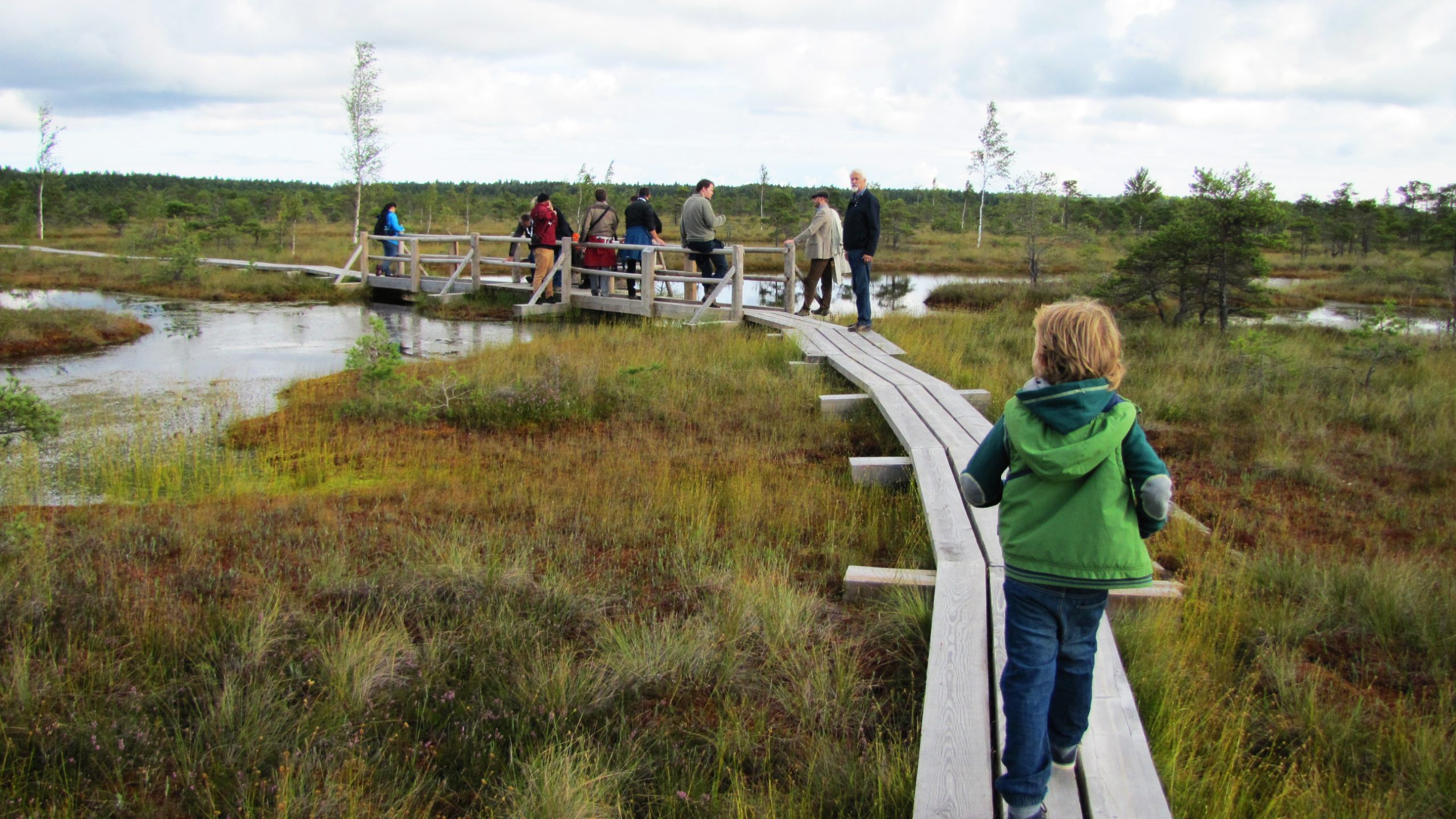Responsible Management
Responsible peatland management means undertaking activities in a transparent and accountable manner, following ethical and humanitarian principles applied in ways that promote stewardship of the peatland resource that will be acceptable to future generations.
A responsible approach to managing peatland and peat considers its effect on people and ecosystem services, and balances environmental, social and economic functions. This is a practical approach to implement ‘Wise Use of Peatlands’(2002) and the concept of Sustainable Development as defined in the Brundtland Report of the World Commission on Economic Development (1987).
A Strategy for Responsible Peatland Management (SRPM) implementation was published by the International Peatland Society in 2010 following discussions and contributions involving more than 100 peatland and peat stakeholders from many countries.
The 6th, edited edition of the SRPM was published in October 2019.
Download below or order in print from our online shop (5€ including shipping).
The aims of the SRPM are to:
- Undertake peatland management according to the principles and within the framework of ‘Wise Use of Mires and Peatlands’ by safeguarding their environmental, social and economic functions and respecting their local, regional and global values.
- Ensure that:
- high conservation value peatlands are identified and conserved
- utilised peatlands are managed responsibly
- drained, degraded or otherwise changed peatlands are rehabilitated to reinstate as many ecological and landscape functions and services as possible
- Provide those involved in or responsible for peatland management with strategic objectives and actions for implementation
The SRPM is directed to everyone responsible for or involved in the management of peatlands, or in the peat supply chain, and is applicable to all types of peatland under every use or impact. It should be applied in every country in which this biological, hydrological and landscape resource occurs or in which peat products are processed or used.

To deliver the SRPM, peatlands should be managed responsibly by focussing on the following priority issues:
Biodiversity
Pristine peatlands are unique natural resources forming distinct ecosystems of importance for maintenance of biodiversity at genetic, species and habitat levels.
Hydrology and water regulation
Peatlands are water catchments and water flow regulators. They maintain and modify water quality and quantity, act as sinks for some substances (e.g. carbon, aerial and waterborne pollutants), produce others (e.g. dissolved and particulate organic matter), and influence the temporal pattern of water supply to rivers and lakes.
Climate change
Peatlands are dependent on climate, especially rainfall and temperature, for their formation and maintenance. Peatland sequesters carbon from the atmosphere and stores large amounts in peat. Peatlands globally are the largest terrestrial store of carbon.
Economic activity:
Peatlands provide income opportunities to local communities and national economies. They are a source of food, medicines, timber, amenity and domestic energy in some countries. Peat is a major constituent of growing media, a valuable soil improver and is used in other products.
After-use, rehabilitation and restoration
The Wise Use of peatlands for economic purposes requires planned after-use, for example, agriculture, forestry, recreation and wildlife habitat and biodiversity provision (nature conservation).
Human and institutional capacity and information dissemination:
It is important to increase the knowledge, skills and understanding of all stakeholders to promote the consensus needed to bring about the desired results of responsible management.
Engagement of people
Promote local community engagement and participation in the decision-making and implementation processes involved in peatland management. Responsible peatland management will provide livelihood opportunities for local people, respect their rights, heritage and traditions, and consider gender issues.
Good governance
‘This management of peatlands in a manner that is open, transparent, accountable, equitable and responsive to people’s needs.
Peatland planning and management
This must be based on sound scientific knowledge and practical experience.

